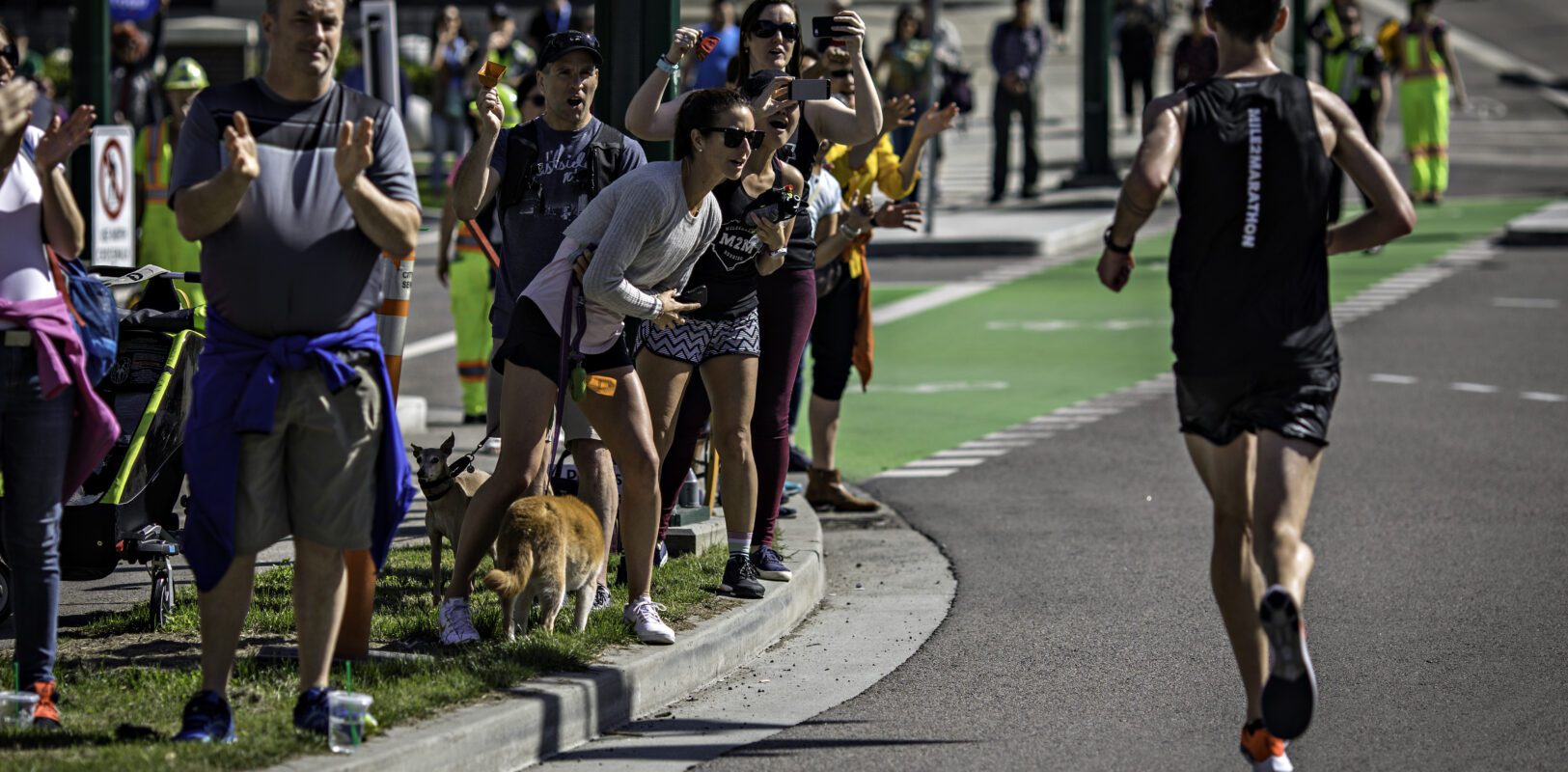
M2M 10k Virtual Race Strategy
This virtual race thing is really heating up. It’s been fun to see people taking on the challenge, creating their own courses, racing new distances, setting new PB’s and PW’s, drawing flowers, and having some fun. Our first few virtual races were over relatively short distances of 1 to 5km. That wasn’t by chance. The shorter distances are easier mentally in solo/virtual race setting. We didn’t want to overwhelm you, by throwing a marathon at you out of the gate. Not many of you would’ve come back for more after that.
Proper Pacing, Mental Mettle and a Good Course are Key
Now we’re creeping back into everyone’s wheelhouse, especially with the 10km on tap this week. But, a 10km solo (or small group) virtual race is going to be a different experience than a 10km mass participation race. Without your competitors there to pull you through the middle kilometres and the crowd to bring you home strong, you’re in for yet another new experience.
What’s going to be really important here is your pacing strategy and your mental game. In some of the shorter distance virtual races you could take a gamble, go out hard, and likely hold it together. Even if you do fade, it’s only going to cost you a few seconds here or there. But, in a 10k if you get out too fast and the wheels start to come off at 3k, it’s going to be a long day at the office.
So, how do you pace this sucker well?
Let’s start by figuring out what your goal/target time should be. Here are some related race distances (including some you may have recently tackled as part of the M2M Virtual Races Series) and how they translate to the 10km distance.
1 mile race pace (in minutes per kilometre) + 30 seconds per kilometre = 10k race pace, Example: a 5:00 mile (3:07/k) + 0:30 = 3:37/k goal pace for 10km
5k race pace + 15seconds per kilometre = 10k race pace
½ marathon race pace – 10-20 seconds per kilometre = 10k race pace
Marathon race pace – 20-25 seconds per kilometre = 10k race pace
The Strategy: Wind it Up
Ok, now that you have a target pace, what’s the best strategy to hit this pace? If you look at the best 10km performances in the world a lot of them are what I’d call a “wind-up”; where the first half is slightly slower than the second half, and the pace picks up gradually in the second half of the race. A negative split of about 10-20 seconds (ie the 5km from (5-10k) 10 seconds faster than the 5km from 0-5km) would be knocking it out of the park. You want to get to 5km feeling like you can, if push comes to shove, hold onto that early pace you’ve set. You’ll have to check the watch on a few of the early kilometre splits. If you’re too fast, don’t tell yourself it’s gonna be your day and keep accelerating, back off a bit and find that comfort zone, just north of your goal pace. The ability to gradually increase the pace from there and push to the finish is often fuelled by the competition, when it’s just you against your watch it can be a heck of a lot harder to execute. That’s where a strong mental game comes into play.
Let the Mental Games Begin
Getting things just right in those final few kilometres is going to mean riding the line between wanting to just stop at the side of the road and keep pushing for more. It’s this fine balance between staying as relaxed as possible, yet running as hard as you can. This is a feeling that you might have experienced in the 5km or mile races and been able to push through, knowing you’re close to the finish. But, when you’re still 2 or 3km from the end and having these doubts you have to start pulling out all the power phrases and mantras that you’ve been saving up through this whole pandemic for that one day. Let’s borrow M2M Speaker Series Special Guest Scott Fauble’s here: “you can go deeper, you can take more”, “Scared money can’t win” and “F*ck with me, you know I got it.” It’s not going to be pretty at this stage of the game folks, so don’t be afraid to go there.
The Course
We talked previously about some of the key’s to a fast course
- Keep it flat
- Limit the turns
- Avoid traffic lights
- Know where your finish line is
Here are a few others things to consider for mapping out a longer distance route.
- Don’t run your usual route, particularly if that usual route is feeling a bit stale. Towards the end of this thing you’re going to be searching for inspiration. Knowing every inch of the path might not work in your favour in the late stages of the race.
 Dylan Wykes
Dylan Wykes